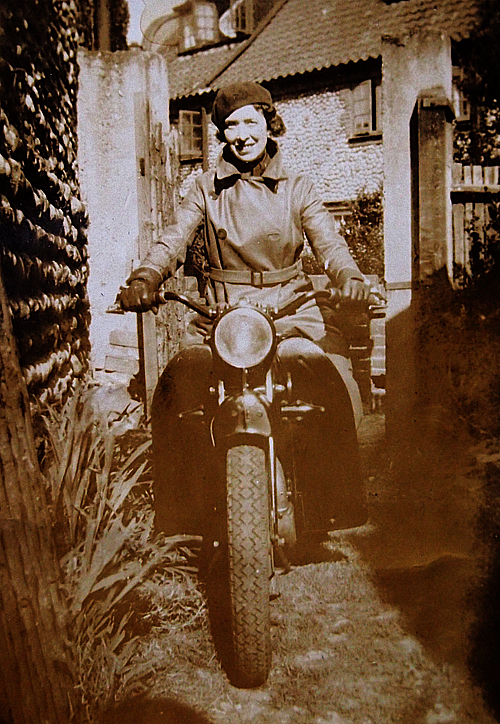My second EdCamp in the past six months, I guess I’m hooked. EdCamp Waterloo Region was, like EdCamp Toronto, a chance to break the mold on how PD is done to us.
I volunteered before hand to do a first round session mainly because, after seeing the nerves and reticence at EdCampTO, I thought I could bring some experience to it and help it start a bit smoother. I started off with an excerpt from a TEDtalk looking at how future technology could become more interactive and intuitive in the class room, and how we could access and present data more seamlessly while teaching. Everyone seemed content enough to be lectured at, so I made it difficult for them.
Being an edcamper means being a good listener too, something else we’ve learned not to do in PD. I made a point of listening closely to comments from the audience, and tried to reply with a question that refocused the discussion on them rather than trying to get them back to what I want them to know (standard PD protocol). It took about 20 minutes, but they started to realize that EdCamp was all about the US, not the ‘expert’. A few of the bolder people spoke up, but by the end I think everyone in the room had said something at some point, and we went 15 minutes over. That doesn’t happen too often in PD, but then PD doesn’t happen on Saturday mornings too often either (unless you’ve got a PLN).
About half an hour in I said, “there are no rules in EdCamp, but I’m going to make one anyway, no more hands.” It became a running joke, but the conversation began to flow after we got that nineteenth century convention of teacher control put behind us.
***
As a survival mechanism, many of us have developed the habit of, at best, being passive in PD in order to make it end sooner, or worse, have found ways to wander off in our minds while it’s happening so the condescension, repetitiveness and/or latest poorly performing American EduFad which we have no interest in, doesn’t make us angry.
Edcamp throws all that on its ear. It’s all about you being there. It assumes your experiences in your profession, which are current and unique, are as valuable as an entrepreneurial guest speaker’s (who hasn’t been in a classroom in decades and when they were tried to get out of it as soon as they could to become a paid speaker and sell their latest book on a fad they’ve invented). It assumes that teachers talking to teachers and valuing each others experiences are what professionalism and developing it are all about.
***
For me this EdCamp started with teachers showing and telling what they are doing to make the future in technology available to their students. I then wandered into a group talk on the nature of professional development that evolved into a deeply nuanced philosophical discussion about the subtle, individually powered profession of teaching. After lunch I watched a bit on Edmodo then finished listening to a talk on technology use across k-12 curriculum. The last one was on how to continue EdCamp ideas beyond EdCamp. By that point I was intellectually fried; something that doesn’t happen too often in PD. I found the focus on how to cater to the disinterested tedious, but if you don’t get where it’s going, you can leave!
EdCamp is, by its nature, an experimental process. After doing a couple, I still wonder at the blocking of time, like classes. Some of the discussions still had a lot of steam, others were ready to end (or should have earlier). A more flexible schedule might be interesting to try. Perhaps having spill-off areas where groups that want to finish a discussion can go would offer an out there, or having enough rooms that they aren’t booked one after the other might work; built in extra time if you need it.
The other trick is to ensure that it’s easy for people to slip in and out of classes. Regular classrooms are designed around the opposite idea (keep them contained and accountable). There were a couple of times where rooms were full enough that getting out would have been overly disruptive. The classroom seating arrangements of rows facing a central board also cater to the sage on the stage, something EdCamps ideals don’t seem thrilled with.
If you’ve never done an EdCamp, I highly recommend the experience. You’ll find it personal, meaningful, intense and empowering. You’ll have to break through many of those learned PD habits, but it’ll be nice to let your chained inner-professional out to see the sun for the first time in years.
The only PD experience I’ve ever had that came close was (is) ECOO conference, which is very teacher driven as well, and Barrie Bennett’s Beyond Monet workshop, which was career changing. The vast majority of the rest feel like an infomercial admin demands that you sit through.
The next time I’m grinding my teeth as another professional presenter with a new book to hawk is telling me how I have to revolutionize my practice by doing exactly what they suggest (and nothing else, until the next book comes out), and who has been flown up to us (business class), and paid thousands of dollars that could have gone into classrooms instead, I’ll think back on EdCamp and wonder why administration is so afraid to trust us with our own PD.
EdCamp Waterloo Region Twitter Doc
Looking around online I found a wounded Kawasaki ZX-6R for sale in Clinton, Tennessee for about $3400US. It happens to be off the interstate right on the way to Knoxville (the city nearest the Smokey Mountains where the Tail of the Dragon is). I’m a sucker for a wounded motorcycle. The store selling it says it needs tires and they sell ’em, so I’d arrange them to do it and a tune up and then pick the bike up ready to ride.
Fixing the fairing is a little trickier, but Performance Bikes UK had an article on cheap Chinese replacement fairings which would be perfect for a bike that’s going to be all about track days and quick rides.
Of course, if I’m getting a sports bike I can loose my mind on some sports bike kit. If I’m on a quick Kawasaki I’d opt for gear that’d do me on track days as well…


















